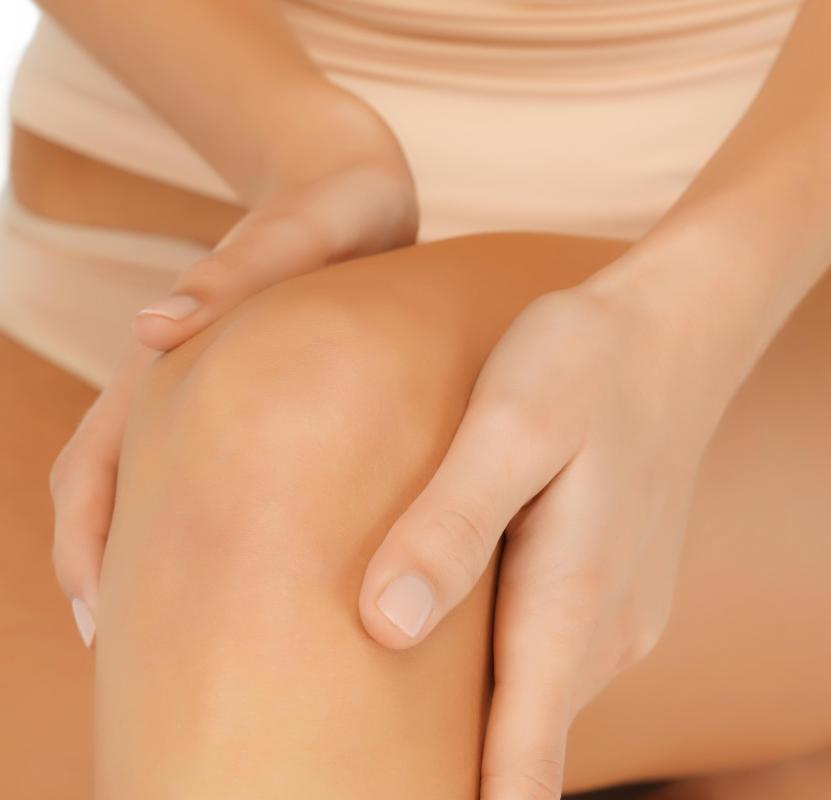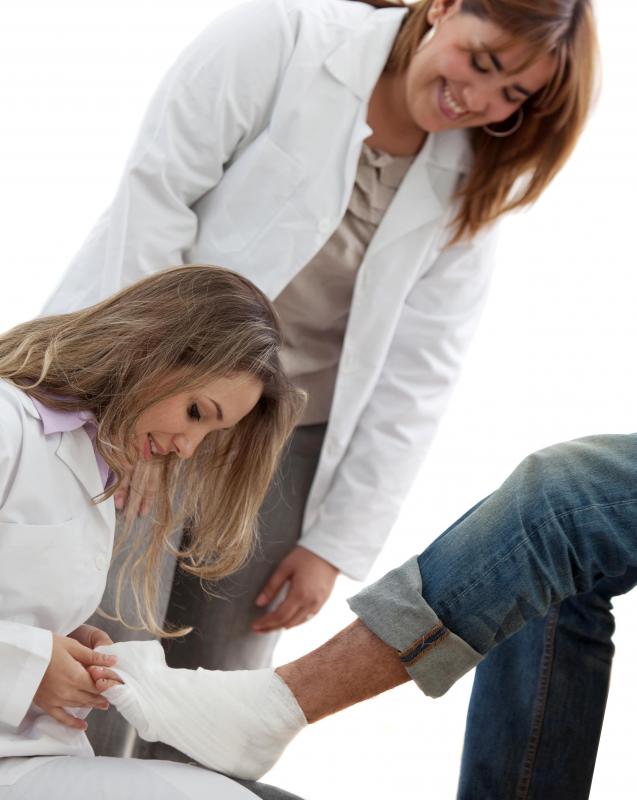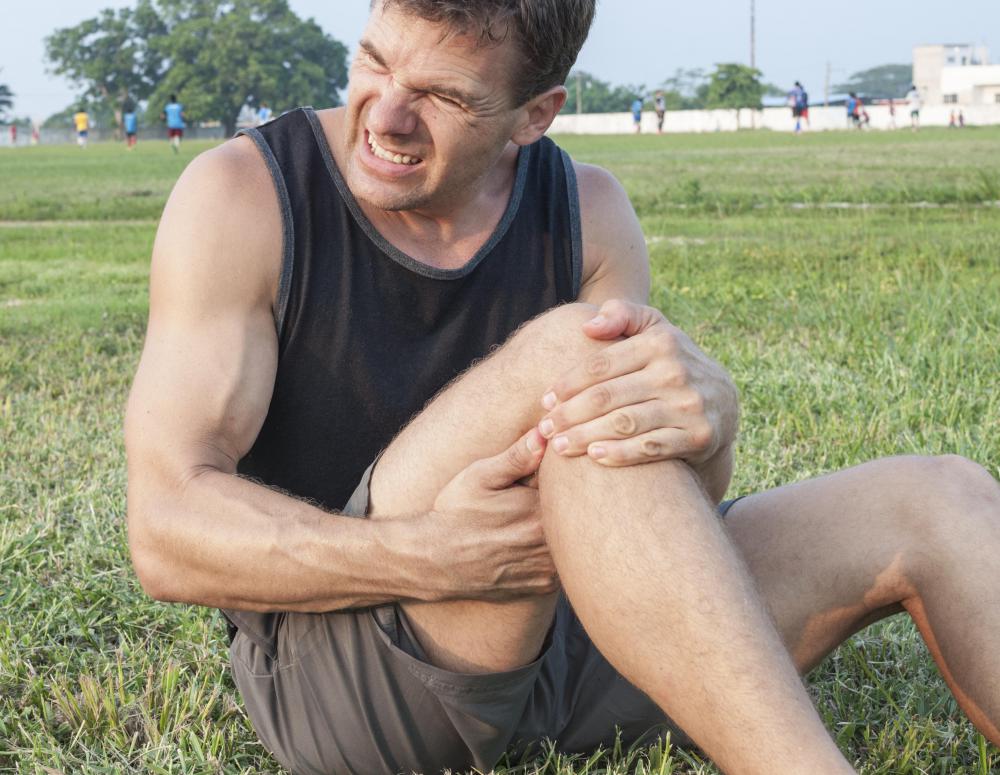At TheHealthBoard, we're committed to delivering accurate, trustworthy information. Our expert-authored content is rigorously fact-checked and sourced from credible authorities. Discover how we uphold the highest standards in providing you with reliable knowledge.
What is a Varus Deformity?
A varus deformity is a deformity of a bone or joint in which the distal end bends inward. The distal end is the end furthest from the point of attachment; for example, the distal end of the femur is the end which connects to the knee, because the femur's point of attachment is at the pelvis. Varus deformities can occur in a number of bones and joints in the body, and they can vary in severity, generally getting worse if they are left untreated. In the opposite situation, a valgus deformity, the distal end of the joint starts to bend outwards.
When someone develops a varus deformity, the bones and joints attached to the area of the deformity are pulled inward. In a cubitus varus involving the elbow, for example, the elbow would be turned towards the body. The genu valgum, involving the knee, creates a bowlegged appearance over time. Another common form of varus deformity is the talipes varus, which occurs in the ankle.

A number of things can lead to a varus deformity. Some are congenital malformations which are evident at birth. Others are caused by trauma, such as strain, a poorly healed break, and poor posture. Over time, varus deformities can lead to serious problems, such as strain on accompanying joints, limps, shortening of limbs, and pain. The patient may also feel uncomfortable in social situations as the deformity becomes more noticeable.

Treatment for a varus deformity starts with assessment of the patient, which can include a physical exam and medical imaging studies. During the assessment, the doctor will determine the cause of the deformity, and develop a treatment plan. These deformities often require the attention of an orthopedic surgeon who can correct the deformity and apply a cast which will hold the bone or joint in place while it heals. After surgery, follow up includes several appointments to confirm that the surgery was successful and that proper healing is taking place.

Varus deformities can be especially common in athletes and dancers. A varus deformity of the foot or knee can be a common problem, as the feet and knees take a great deal of strain. Because athletes and dancers are often encouraged to push through physical pain and to ignore minor symptoms of physical distress, they can make their varus deformities worse by not getting attention early. A visit to an orthopedic doctor is definitely in order if signs of bone and joint abnormalities appear.
AS FEATURED ON:
AS FEATURED ON:


















Discussion Comments
Pilates training works. I have worked with a 70+ year old for many years. When he first began training with me he had an extreme varus angle to his knees. He said his mom used to tease him about being so bowlegged. His knees are now much more aligned and almost touch with hips and knees extended to straight.
I had a total knee replacement April 2012 and now my knee is turning inward. What does this mean?
My knees are bent inwards (varus). Is there any treatment( in India) to rectify the deformity?
I've had total knee replacement of both knees. I was diagnosed with arthrosis with angulation of both knees for several years prior to surgery. Now my ankles show degenerative changes of the tibiotalar and fibulotalar joints and soft tissue swelling surrounding the ankle joints. Is it possible that the damage to my ankles was caused by the problems with my knees?
You could try doing quadricep isometric exercises first by pointing your feet outwards at a 30-45 degree angle with your knee extended while you lie flat in bed on your back. Tighten your quads in both legs and hold for 10 seconds. Relax and repeat after 3-5 seconds holding for 10 seconds each X 15 reps.
After you've done that, do a standing squat, again with your feet pointing outwards. What you are doing is strengthening your Vastus Medialis Oblique (one of the four muscles that make up the quadriceps group). This will help to realign and correct the varus deformity (if it is relatively minimal).
Also, it is recommended that you get fitted for a brace to wear to help to prevent further damage to the joint. As you might know a varus knee usually leads to osteoarthritis of the medial compartment of the knee.
Are there any exercises for straigtening a varus knee?
i've a varus knee. could you please recommend any treatment and exercise to make it straight?
Post your comments